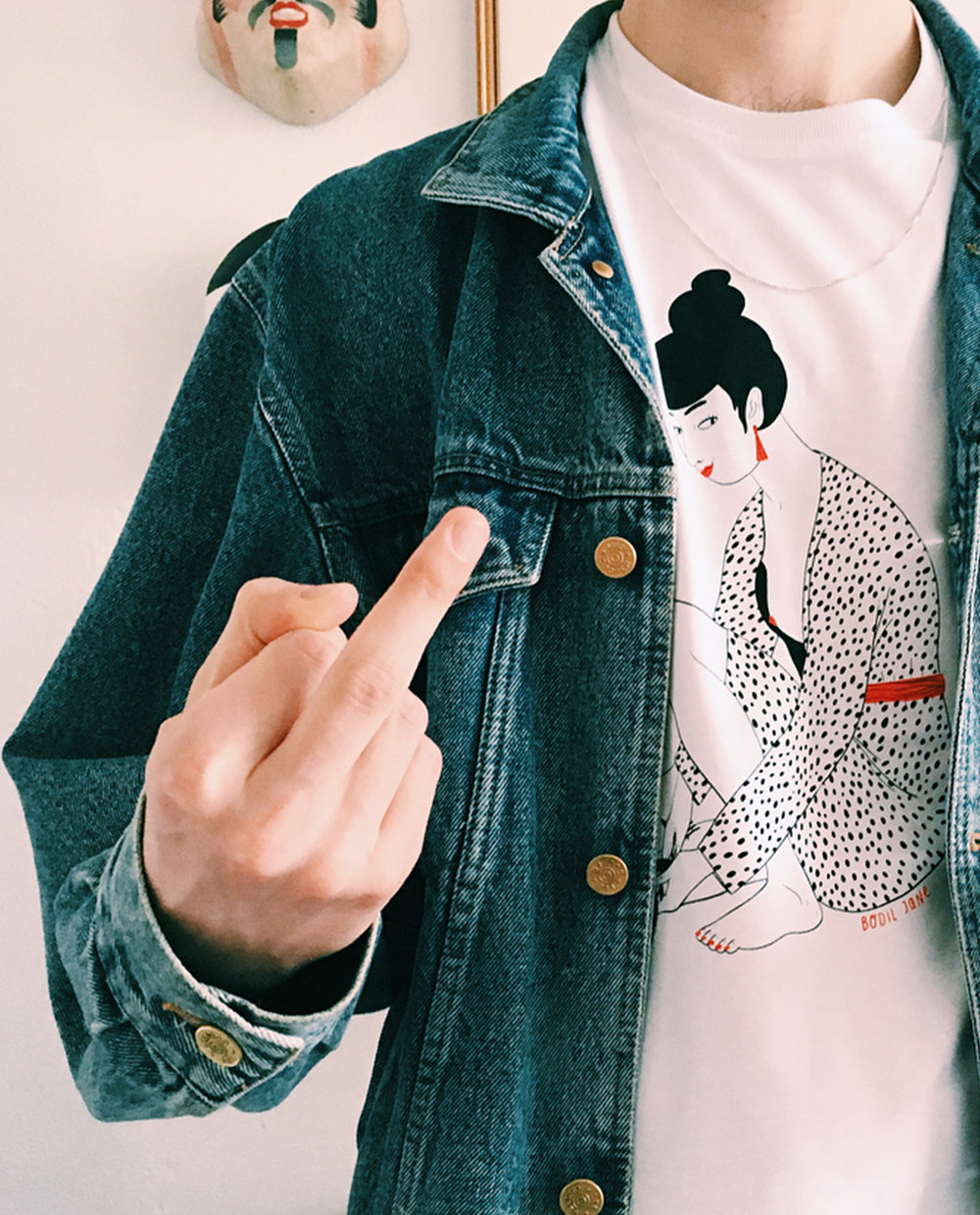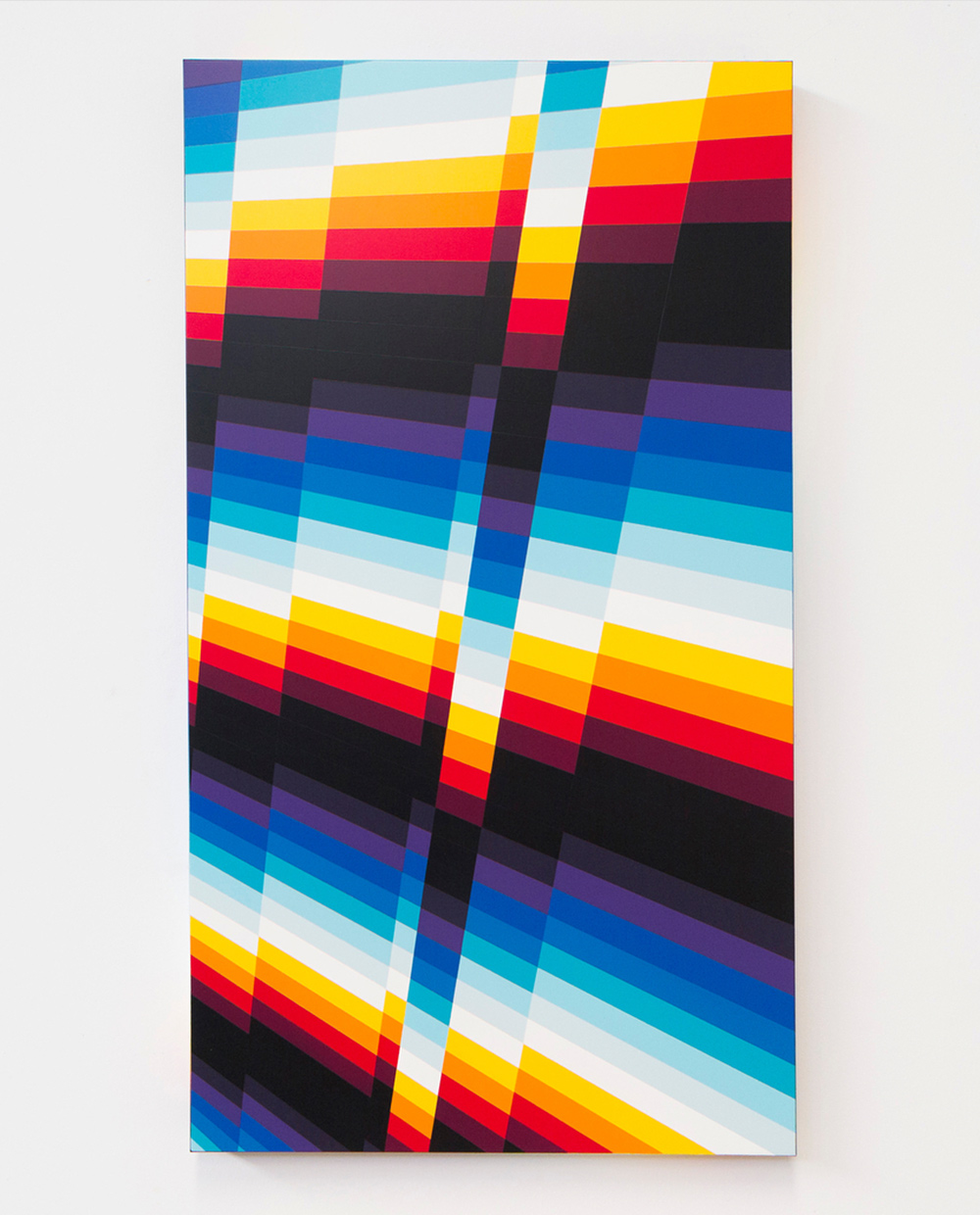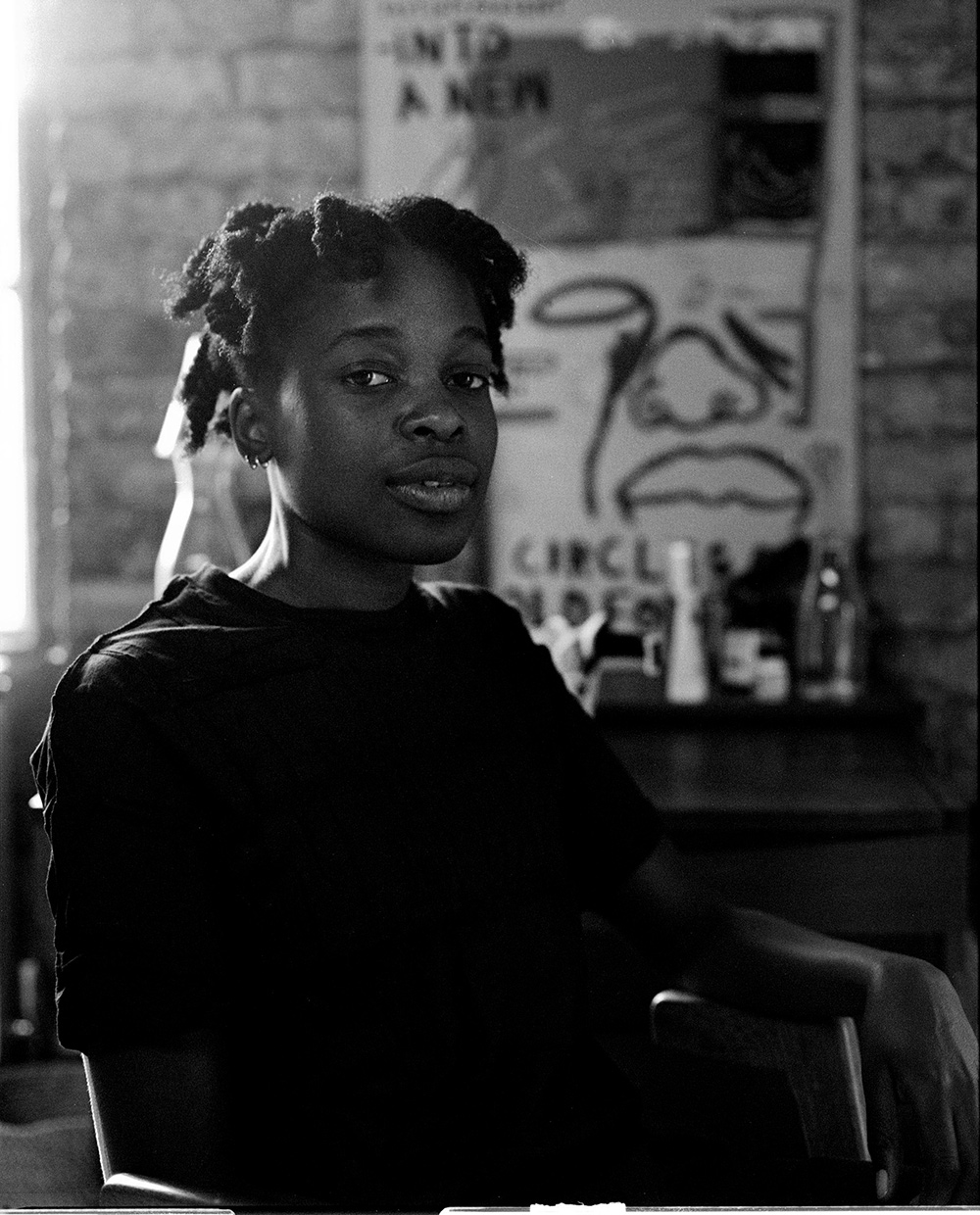Recently, Bodil encountered one of the fashion industry’s biggest global problems: counterfeiting. Counterfeiting can be a lucrative business; in 2016 the annual value of the trade was estimated at about half a trillion dollars. As a global phenomenon it’s proven very difficult to police and prevent, and the rise of online shopping, and designers posting work online, has made it easier to copy and sell goods than ever. The biggest brands have begun using AI to monitor online listings of fake products, but of course strategies available to Gucci, Prada et al aren’t necessarily at the disposal of a young designer.
We spoke to her about what it’s like to be ripped off as an emerging talent.
So, tell us about the original image.
In October of last year I was working on some small watercolor paintings. This wasn’t a commission or anything, it was just a project I started for fun – I just wanted to make some very quick illustrations. I ended up making a range of girls in A6, and I sold the original painting in my webshop for a small price.
How did you find out that it had been counterfeited in the first place?
Well two months after that, so December, a Dutch illustrator I know sent me a photo from Ho Chi Minh City. It was of a very cheap pink T-shirt with a vector traced copy of my illustration. It was really ugly! I mean I don’t even really like the image that got copied. The label in the T-shirt said ‘Day Day’, but I don’t think that’s a real brand, it’s more likely just a market stand that sells cheap T-shirts.
And it snowballed after that right?
Yes, I posted on my Instagram initially so my followers knew my designs were being copied. I started receiving more and more photos from people from all over the world and by last month I’d seen versions of the T-shirt in the UK, Argentina, Japan and Korea! Sometimes it’s different versions of the T-shirt and sometimes different versions of the drawing. They’ve also been spotted on sketchy websites that sell cheap clothing.
How much power do you have to stop this, as a designer?
My agency tried to figure out where the T-shirts came from, and we even managed to get one Depop account removed because they were selling the T-shirt (along with other T-shirts with copied illustrations). But that’s it. It’s really hard to find the source of counterfeit stuff. I’ve contacted a Korean model who was wearing the T-shirt at Seoul Fashion Week last month, but no reply. What probably happened was that somebody sold the design to a lot of small factories and they then sold it to ‘brands’ all over the world.
That’s frustrating, especially when you need to showcase your work online. As fans and customers what can we do to help get around counterfeiters?
It’s so important to buy work from artists you like, and with counterfeit merchandise it’s annoying because people are buying it because they like your work. I’d say, support small businesses and designers because they rely on people buying their stuff, but be vigilant for copycats. Don’t assume because someone’s made art – be that zines, prints or pins – that they’ve been given consent to make it. Try and go to the source if possible, and be aware of obvious signs; often with copies there’s also no quality control – I’m thinking of how cheap some of the T-shirts using my work looked. I’ve posted again recently about copycat T-shirts, so look out for designer’s posts on their Instagrams and social media too.
Bodil has since fought back, deciding to make her own, authentic version of the t-shirt, with an updated and refreshed illustration, which you can buy here.
We believe that when artists share their work it is a privilege for us to view and enjoy, not an open invitation to steal or leverage for profit. Buy authentic and help us keep the kudos where it belongs.






